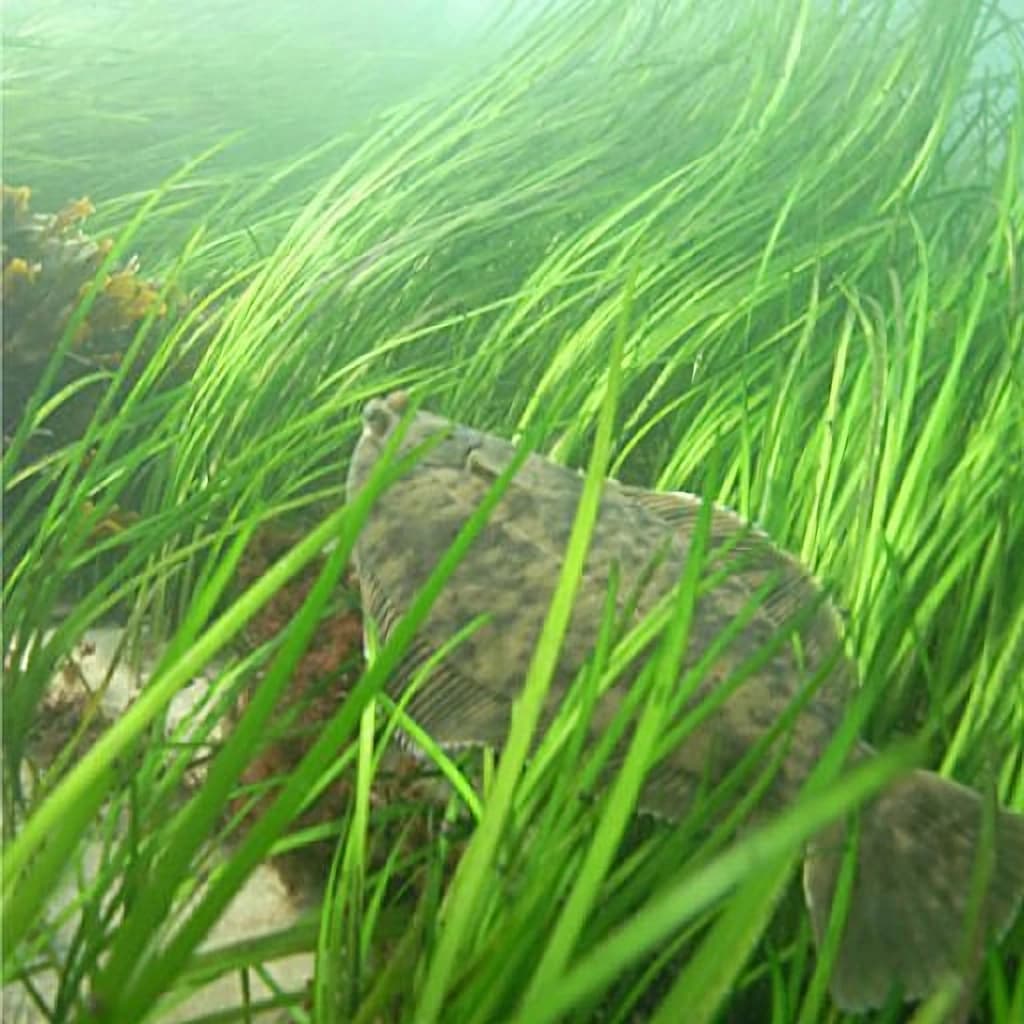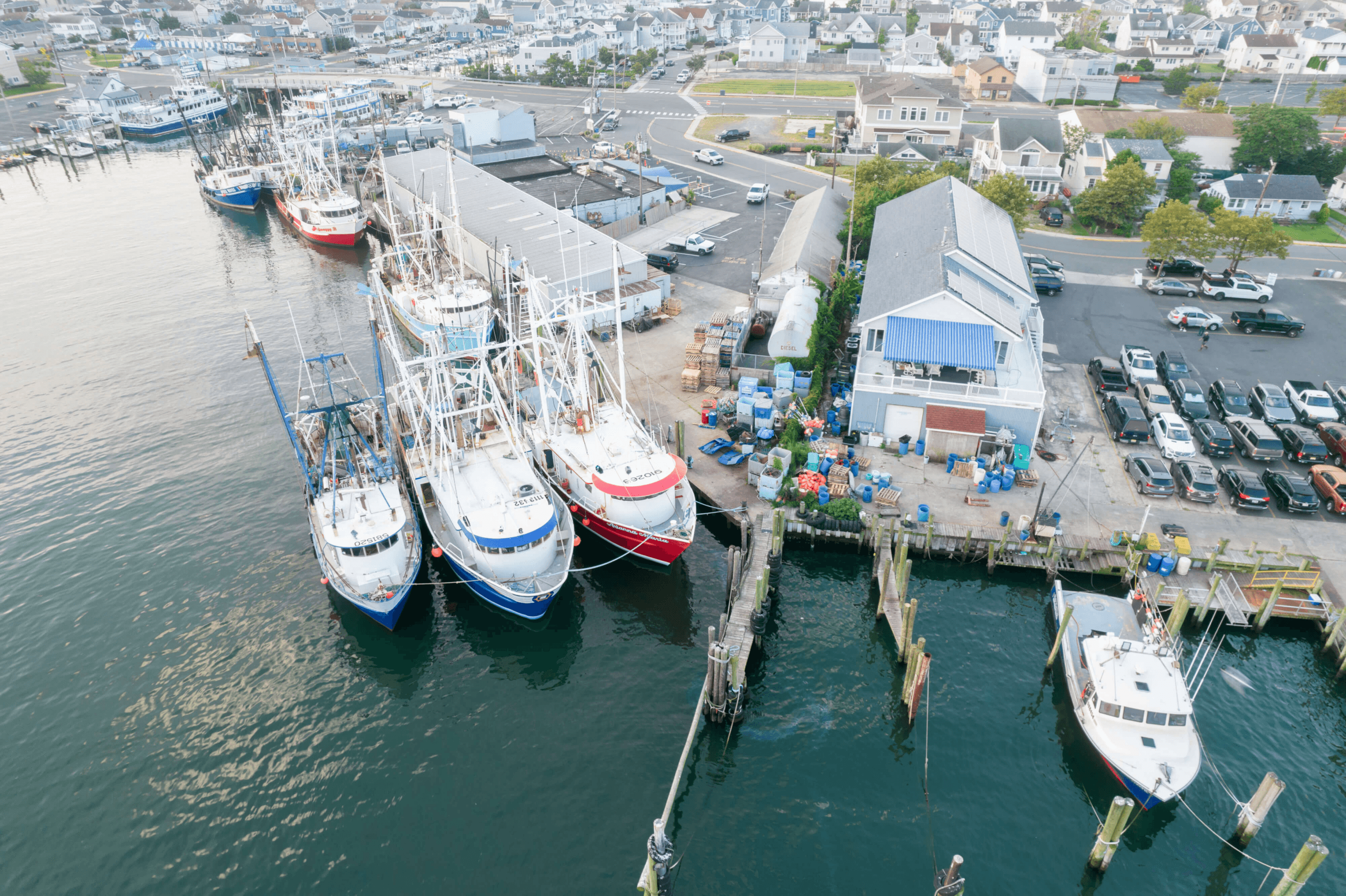Submerged Aquatic Vegetation (SAV)
SAV, comprising attached macroalgae and seagrass species, support coastal ecosystems by providing habitat, improving water quality, and buffering against climate change impacts.
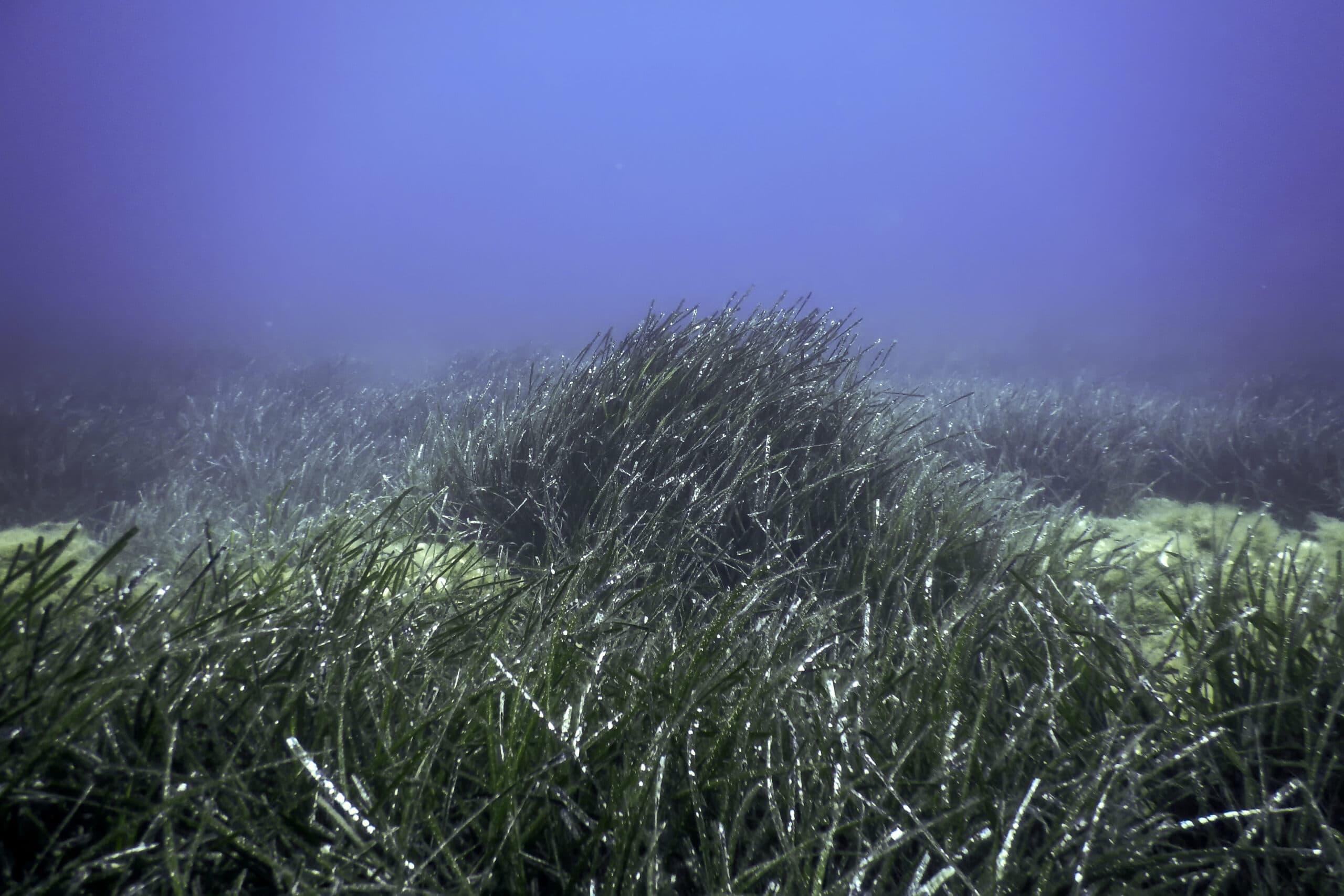
The extensive system of bays, barrier islands, and shallow coastal lagoons of the Mid-Atlantic region provide important habitat for both fresh and saltwater vascular plants, collectively known as submerged aquatic vegetation (SAV).
SAV are shallow-water ecosystem engineers that modify their physical and chemical environment as they grow. In doing so, they provide many ecosystem services:
- Act as essential nursery habitat and feeding grounds for juvenile marine species
- Stabilize and allow sediments accumulation
- Reduce the impacts of waves and shoreline erosion
- Remove excess nutrients and CO2 through biological processes
- Oxygenate the surrounding water as they photosynthesize
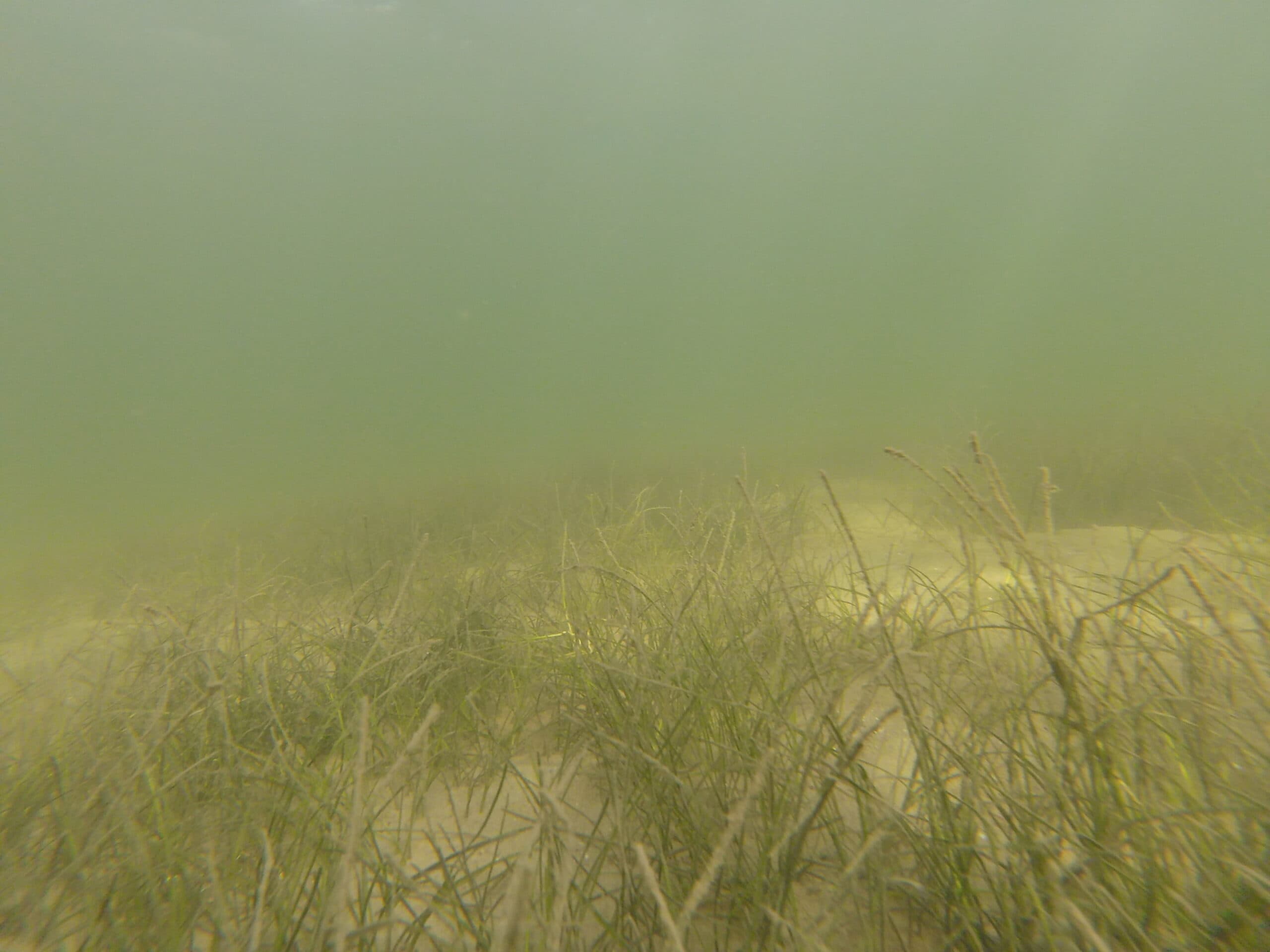
Despite historic abundance, SAV populations in the Mid-Atlantic have been adversely affected by deteriorating water quality associated with human activity. Declining water quality, combined with disease outbreaks and damage from hurricanes in the early 20th century, have left the SAV area at a fraction of its historic range in the Mid-Atlantic. Beyond the Mid-Atlantic, SAV are in decline globally, facing ongoing threats from coastal development, dredging, pollution, and climate change.
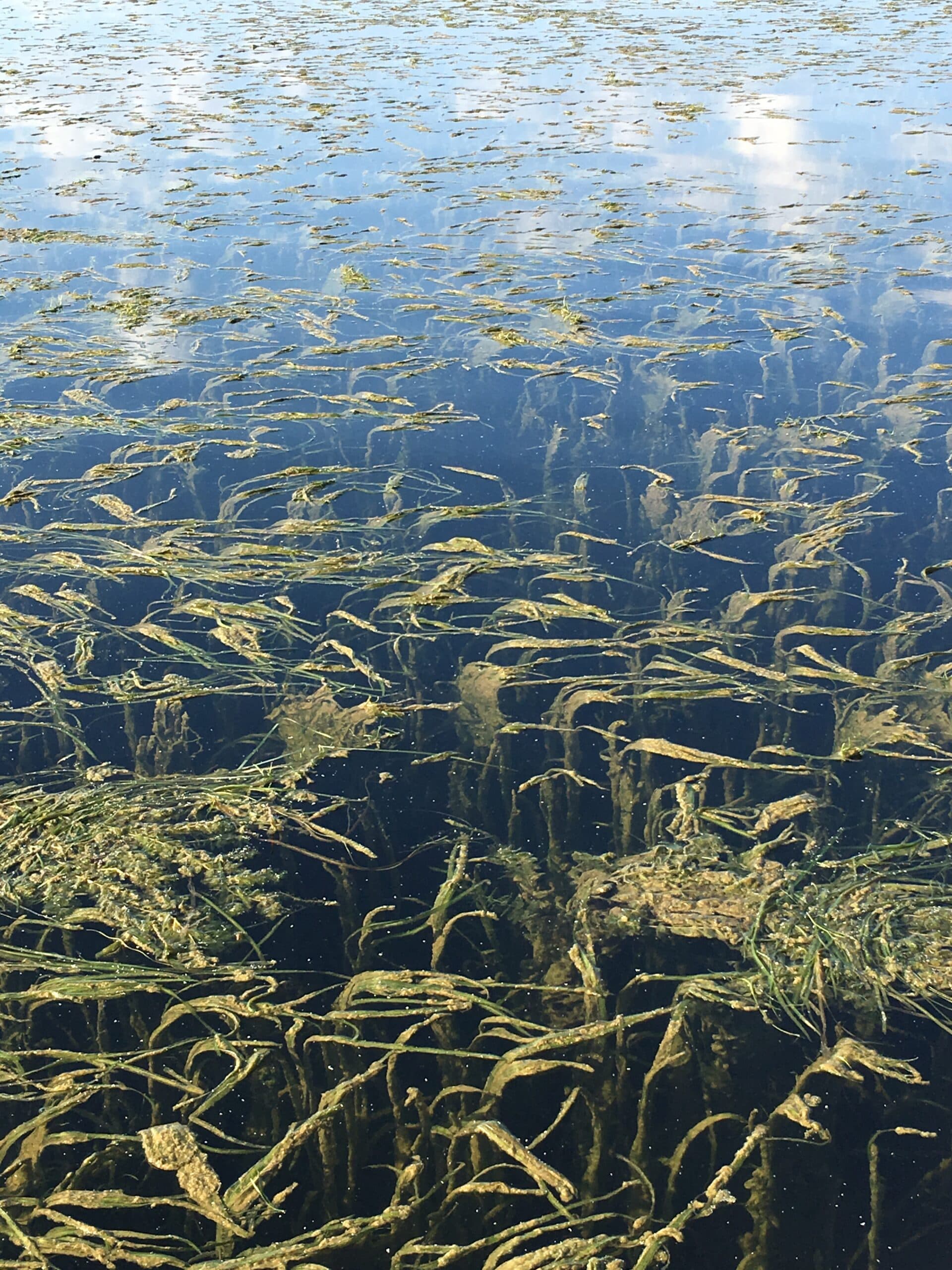
While SAV losses have been severe, many Mid-Atlantic states are committed to protecting and expanding current SAV habitat. Efforts to control nutrient and sediment loading from the land have led to improved water quality conditions in many areas, aiding in the recovery of SAV beds.
On the seaside of Virginia’s Eastern Shore, restoration efforts have resulted in the growth of over 7,000 acres of eelgrass (seagrass species). While progress has been made,, concerns remain for the future of SAV in the Mid-Atlantic as CO2 induced climate and water warming may be particularly stressful for heat-intolerant species such as eelgrass.
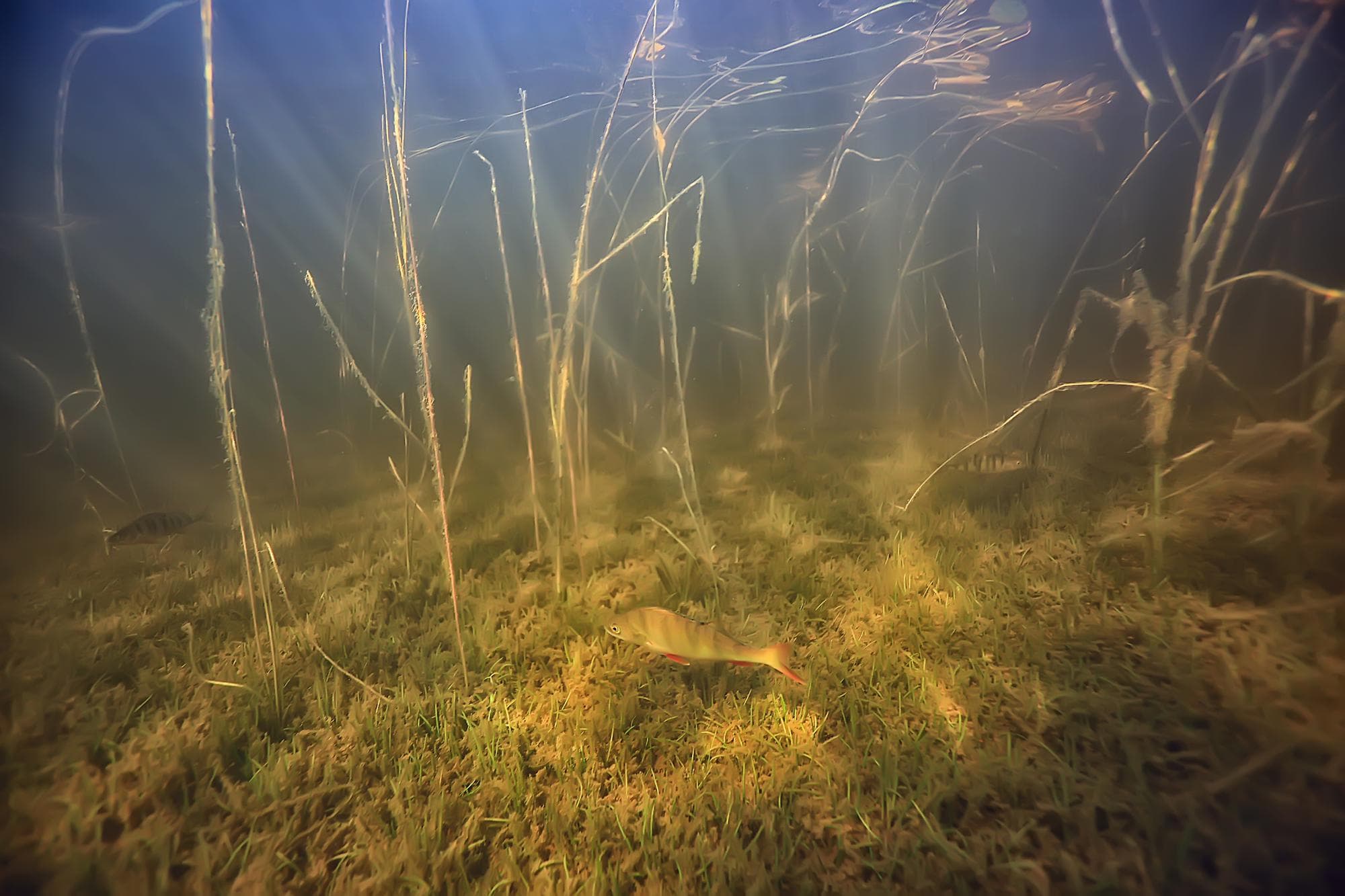
CO2 Effects on SAV Photosynthesis
Because aquatic plants require CO2 to perform photosynthesis, future increases in CO2 could improve growth among SAV species. In fact, present day CO2 limits photosynthetic rates of most SAV species, including wild celery, widgeon grass, and eelgrass.
Consequently, the negative effects of climate warming induced by elevated CO2 may be at least partially offset in these species by increased photosynthetic rates in an acidified coastal environment, as demonstrated by recent theoretical and experimental efforts.
